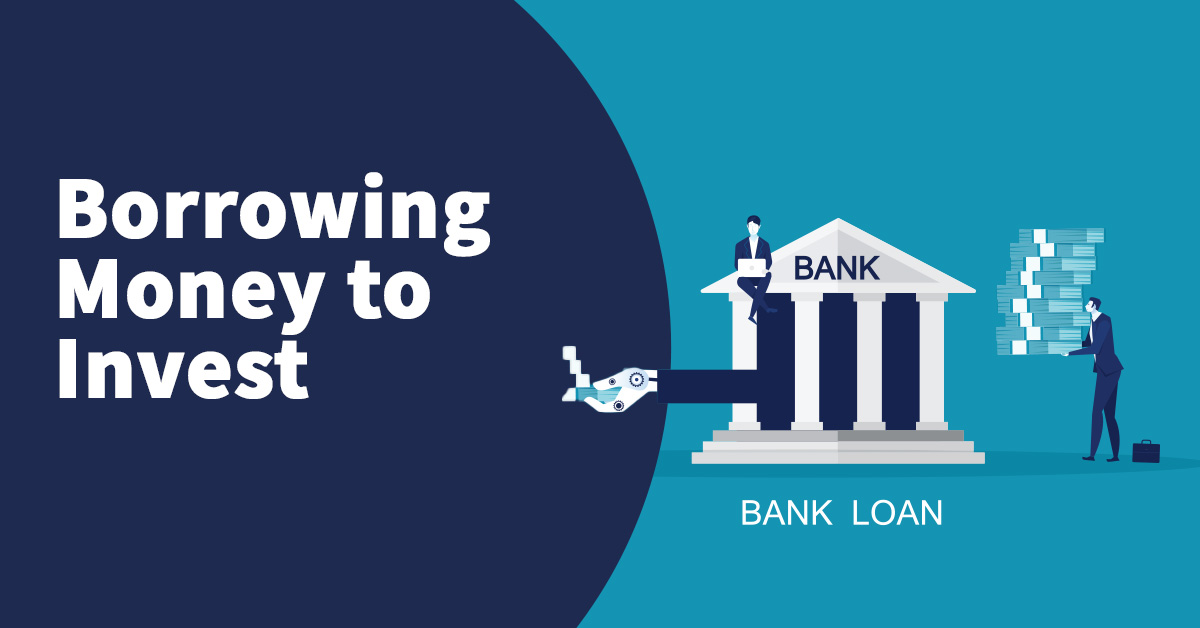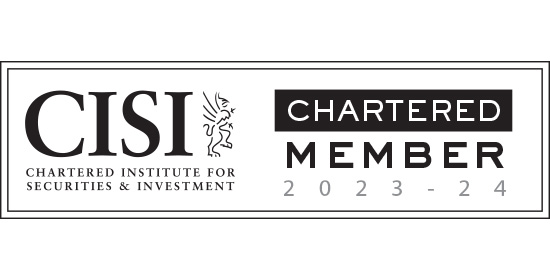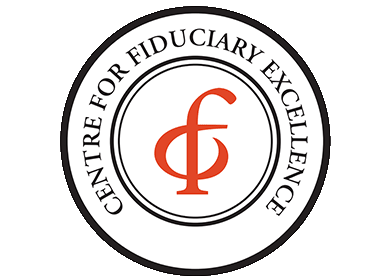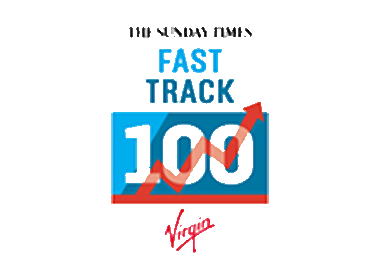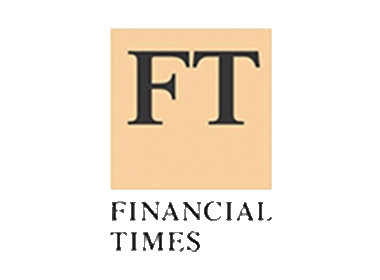Investment management services typically fall into one of 3 options:
Bespoke segregated portfolio:
A bespoke portfolio is a financial plan developed based on the desires and needs of an individual. Your adviser will work with you to determine an appropriate strategic asset mix for your portfolio. By taking into account such things as the timescale for investment, income requirements and risk appetite.
It can be operated on a discretionary or an advisory basis. The difference between discretionary and advisory is whether or not discretion is need over investment changes. Ie: whether the client needs to give pre approval for any alteration to the portfolio or whether the investment manager/adviser may alter the make up of the portfolio without approval or instruction, although this will always be within the constraints of the clients investment objectives.
If the segregated portfolio is set up an advisory basis this is generally because the client does not wish to give up the decision making. Here the investment manager wil decide what changes need to be made and demonstrate the reasoning to the client. However it will ultimately be the clients decision whether to move forward with the advice.
Advantages of segregated portfolios include, a customised approach, portfolio flexibility, lower/reduction of fees, transparency and customised reporting. Global trends in the wealth management industry show that investors are increasingly moving away from unit trusts and into segregated share portfolios.
Model portfolios
A model portfolio is a diversified system of mutual funds that are grouped together to provide an expected return with a corresponding amount of risk. The mutual funds the model portfolios hold invest in a variety of assets like large and small stocks companies (equities) and bonds/fixed interest. Each model portfolio is automatically rebalanced regularly to sell funds that have gone up in value in order to keep the asset allocation the same, so that the portfolio adopts the same atitude to risk and looks to reduce voilatility.
The client only needs to make one decision: which model portfolio fits their goal. The rest is done automatically. The same process is adopted for passive model portfolios. A portfolio manager/adviser will select a number of index-tracking investment funds and blend them into a portfolio in line with the risk profile. They will aim to match, as closely as possible, the risk and reward of your benchmark over the long term.
Unitized version of the model portfolio
Unitized model portfolios provide financial advisers with the flexibility to customize investment solutions based on a broad range of investment objectives for their clients, while also simplifying investment decisions for participants.
Employing technology similar to that used by mutual funds, the unitization process translates the value of multiple securities into a single daily unit value. The result is reflected as a single investment with a corresponding unit value.
Find out how we can help you
If you would like to understand more about this topic get in touch
Related posts
- Published On: July 8, 2024|3.2 min read|
The Problem with Structured Notes for Retail Investors: Opaqueness, Provider Risk, and Hidden Commissions
Structured notes are financial instruments that can seem attractive due to their potential for high returns and tailored investment strategies. However, they come with significant risks and drawbacks, especially for retail investors.
Read more





